By working worse, I mean even a higher training error.
# Boosted SVC
clf = AdaBoostClassifier(base_estimator=SVC(random_state=1), random_state=1, algorithm="SAMME", n_estimators=5)
clf.fit(X, y)
# Only SVC
clf = SVC()
clf.fit(X, y)
My training data is
And the result of SVM:


